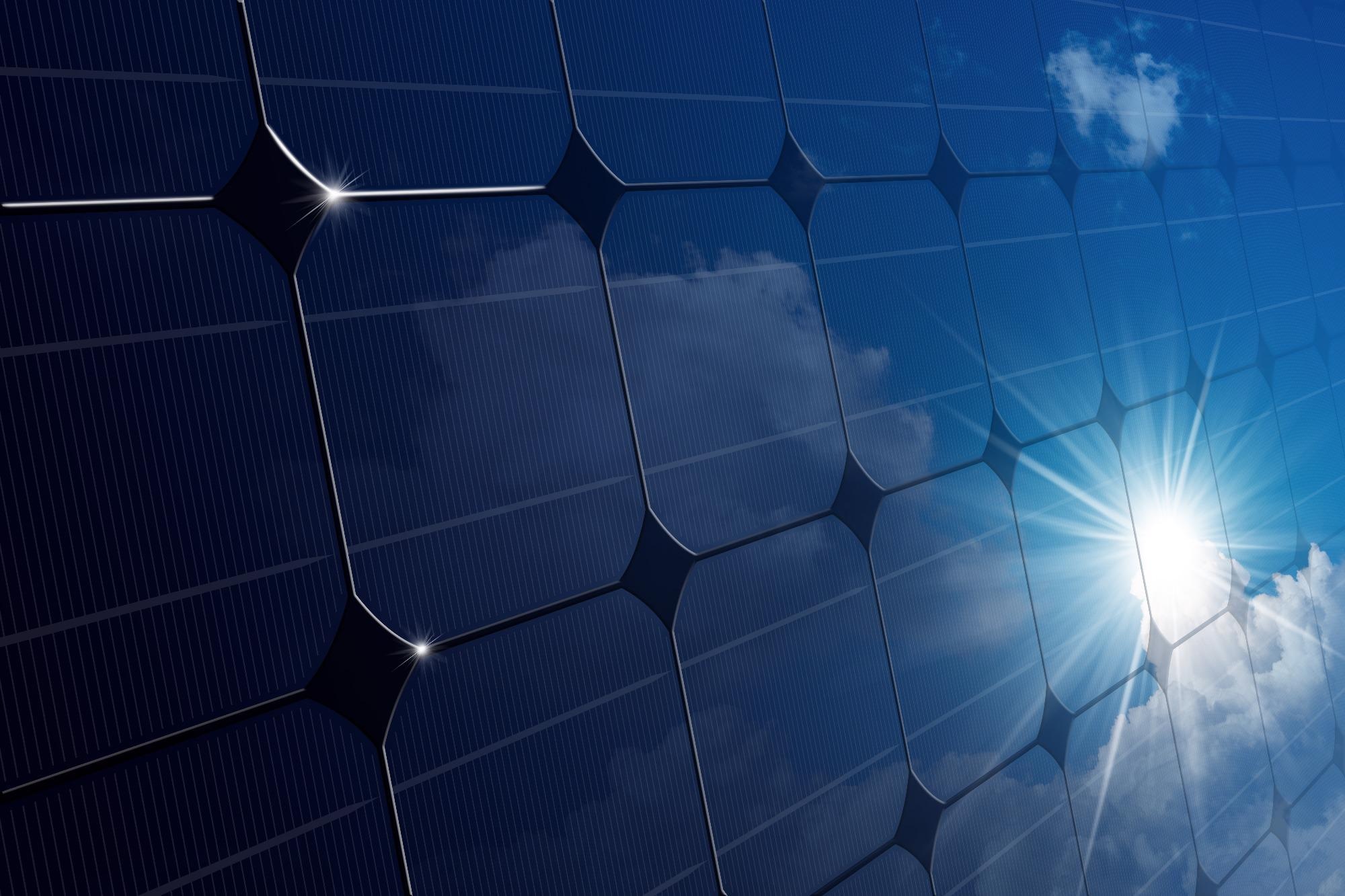Reviewed by Alex SmithApr 22 2022
Solar cells will undoubtedly play an important role in the development of a sustainable energy future. Polymer solar cells (PSCs) are a better option because they are inexpensive to manufacture and can be both pliable and semitransparent. Ternary polymer solar cells have promising power conversion efficiencies, but the reasons for this are not always clear.

Image Credit: Shutterstock.com/ Alberto Masnovo
PSCs in operation have been studied more closely by researchers from the University of Tsukuba and Hiroshima University. Their research was published in the journal npj Flexible Electronics.
PSCs typically contain a p-type semiconductor blended with an n-type semiconductor. When sunlight shines on the cell, this blend provides the right combination of charge carriers — holes and electrons — for a current to flow.
Binary PSCs are blends that contain these two components. However, it has recently been discovered that adding an additional ingredient to the mix — known as a ternary PSC — can enhance the solar cell’s power conversion efficiency (PCE) and stability. The problem is that no one has looked into it thoroughly until now.
While the PSC was operating, the scientists performed electron spin resonance (ESR) spectroscopy. They were able to observe the behavior of electrons and holes when the cell was exposed to sunlight and obtain answers on a molecular level.
Professor Itaru Osaka, the study’s author, and Professor Kazuhiro Marumoto, the corresponding author state, “It has been reported that the accumulation of charge over time contributes to the performance of cells deteriorating. We therefore used ESR to look at a system made up of the polymer PTzBT and large molecule PC61BM.”
They further added, “It has been found that adding an acceptor molecule, known as ITIC, to this system improves the PCE and the stability of the cell, so we looked closely at cells with and without ITIC to determine why.”
The short-circuit current was reduced as a result of the accumulation of electrons in the PC61BM and holes in the PTzBT, according to the ESR spectroscopy experiment. The addition of ITIC to the active layer was reported to decrease accumulation by improving the orientation of the chain-like PTzBT polymer molecules.
Being able to understand why something works is important for ensuring that effects are optimized to their full potential. By getting a molecular level picture of the effects of ITIC on a very promising PSC system, we believe we have taken a step closer to the commercial reality of polymer solar cells as part of a greener future.
Kazuhiro Marumoto, Study Corresponding Author and Associate Professor, Tsukuba Research Center for Energy Materials Science (TREMS), Faculty of Pure and Applied Sciences, University of Tsukuba
This study was in part supported by JSPS KAKENHI Grant Number JP19K21955, by JST PRESTO, by The MIKIYA Science and Technology Foundation, by Iketani Science and Technology Foundation, by The Iwatani Naoji Foundation, by JST SPRING Grant Number JPMJSP2124, by JST ALCA Grant Number JPMJAL1603, and by JST MIRAI Grant Number JPMJMI20C5, Japan.
Journal Reference:
Xue, D., et al. (2022) Stability improvement mechanism due to less charge accumulation in ternary polymer solar cells. npj Flexible Electronics. doi.org/10.1038/s41528-022-00153-z.